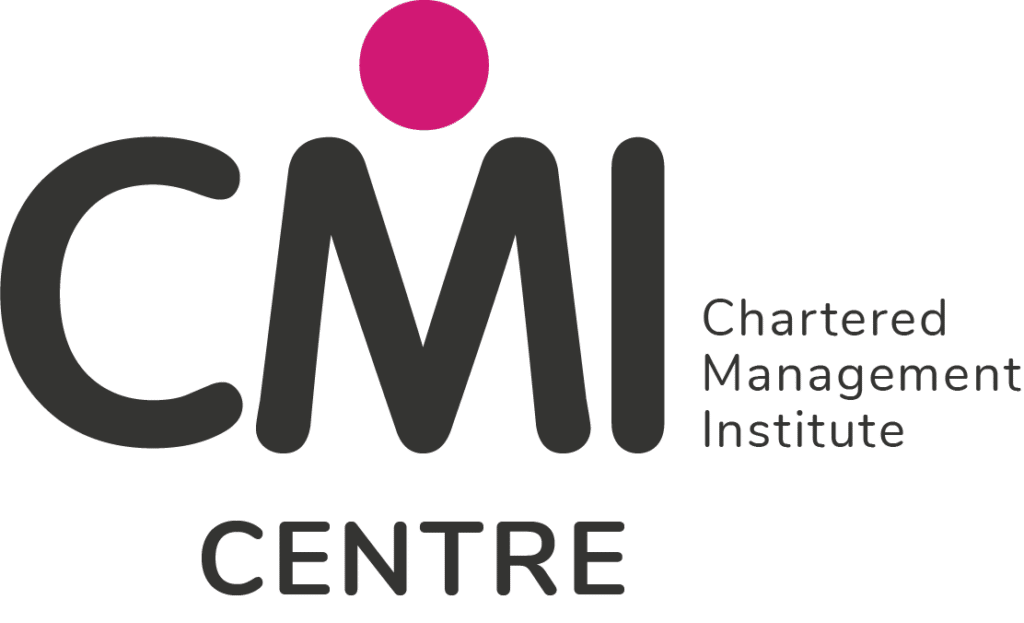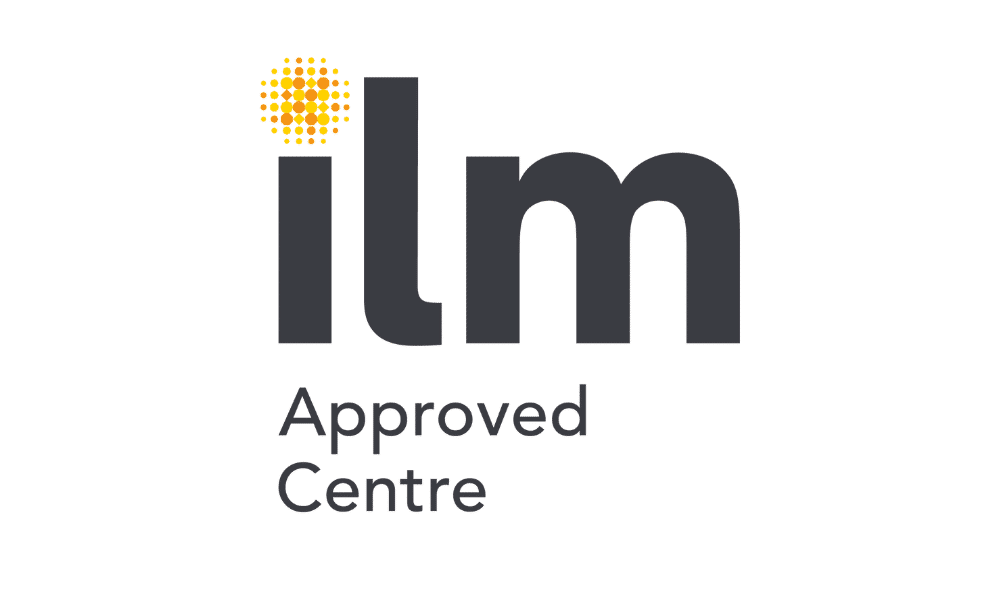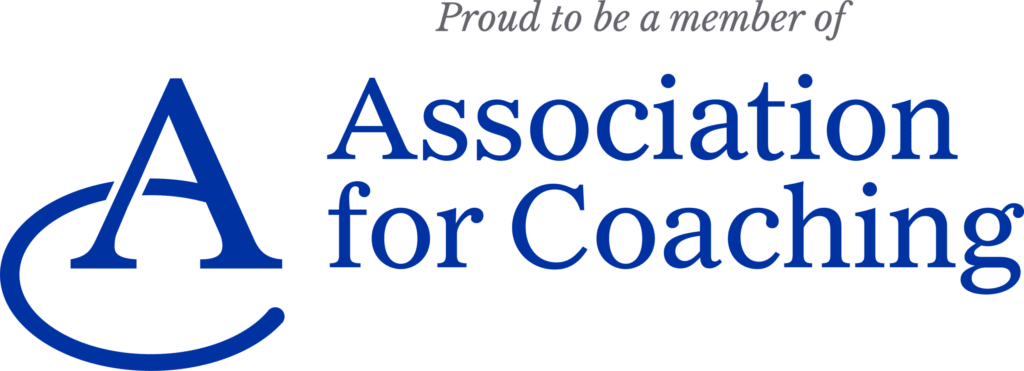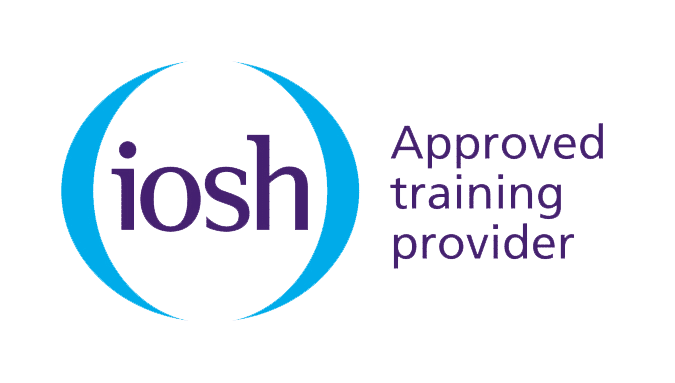As coaching continues to increase in popularity as a method for bringing about personal and professional improvement, thanks largely to its universal application, you may be thinking about the practicalities of implementing it in the day-to-day running of your organisation.
Encouraging coaching in the workplace gets individuals into the habit of helping themselves – reducing reliance on the one-way flow of ‘telling’ and ‘instructing’, which can be time-consuming for your managers, and contributes to an environment where change is resisted, and innovation is minimal.
One of the most popular and enduring ‘models’ of coaching is the GROW model: centred around the idea that ‘coaching by asking’ is often more effective than ‘coaching by telling’. The four letters of the acronym allow the coachee to break down anything from an operational problem to a career aspiration into a structured discussion that ends with a plan for specific steps to take or a deliberate direction to head in.
Whether it’s helpful for your own understanding of workplace coaching or would make useful reading for managers in your organisation, we’re pleased to share a detailed introductory guide to coaching with GROW, below:
Goal

The coachee is first asked to detail what it is they are aiming for, e.g. a specific problem to solve, a certain target to hit, etc.
Goals matter because they re-focus us on where we are going in the broader sense, rather than our next immediate step. For each GROW coaching session, two goals are important: one is the ultimate destination that the individual is hoping coaching will support them to reach and the other is an aim for the session itself. To that end, a good, open-ended question that helps to get such clarity is “What would you like to get from the next 30 minutes?” or, if you want to challenge thinking a little bit more, “What will you have at the end of this session that you don’t have now?”
It can be helpful to get the coachee considering how they are going to measure success. “How will you know when you have achieved your goal?” helps the coachee to explore what it will be like once they have achieved their outcome. This might not be something they have considered in detail before and can be a valuable exercise in optimistic visualisation.
When discussing the goal, it’s not unusual to hear self-limiting beliefs or imagined barriers enter into discussion within the language the coachee is using. A great question to encourage them past that is “What would you want if you knew you couldn’t fail?”
Reality

Next, the coachee is asked to provide an objective (as possible) assessment of the current situation. The purpose is to compare this with the goal(s) that have just been outlined and highlight the gap between them.
Often the simple act of articulating these two positions reveals perspectives they might not have considered before. “What is the present situation in more detail?” gets the ball rolling well or, for something a bit more challenging, “What have you tried so far?”. As the coachee begins to paint a picture, it’s useful to encourage different perspectives. “How would you describe the situation as a fly on the wall?” might prompt this.
Motivation is worth exploring as well – finding out why the individual is motivated to move their situation from its current reality to a better destination is important. It might even put a mirror up to the goal itself: “Now we’ve explored your reality in such detail, is your goal still the same?”
Usually, coachees don’t have much trouble talking about their currently reality. As the coach, you need to ensure that the discussion doesn’t become an ‘unloading’ session about their frustrations, and instead guide the individual to reveal the specifics that will be useful for their coaching journey, by asking the right questions.
Options

The coachee is encouraged to generate ideas about what could move them from the reality, towards the goal.
It is useful to generate a list of options that go beyond what the coachee has already tried (which may have come up within the ‘Reality’ discussions). After being asked “What options do you have?”, individuals will be quick to reel off a list of things that did not work. The real coaching value comes with persistent questions like “And what else could you try?”, often asked more than once. Responses will come back slower as they give it more and more thought, but it is in this area that the magic is likely to happen.
To build confidence and generate options from a positive place, you can ask what the individual might be able to bring from past successes, encouraging them to think about problems they have successfully overcome before.
Sometimes new options don’t suggest themselves and the coachee might say “I don’t know.” Here, they are looking to give up and seek your thoughts but think carefully about whether you want to offer too many of these. Remember: it is a mentor who advises and directs from a place of relevant experience, whilst a coach’s job is to tease ideas and actions out of the individual, with as little input as possible. You might act as both a coach and a mentor in your workplace, but it’s not always effective to be both for the same person, at the same time.
If you’re getting the impression that obstacles are in the way, you could ask the question “If the obstacles didn’t exist, what would you do now?” And to encourage some free thinking “What would you do if you were not answerable to anybody?” or “What would you do with a blue-sky budget?”. This would give you a sense of other factors that maybe influencing current strategies and behaviours from the coachee.
As you start to generate a good list of options, whittle them down with questions like “Which options do you like the most?” and “Which of these options could you start right away?”.
Will

Finally, you and the coachee explore and establish a commitment to action – what they will do next.
Whichever option (or, if practical, options) has emerged as the favourite is now explored in more detail.
“What are the first steps?” encourages the coachee to transform an option into the beginnings of a plan. Then, “When will you start?” or “What would a sensible timescale look like?” encourages them to start their plan. Asking “What support do you need and from whom?” will get them to think about other people who can help them on their journey.
As a coach, it might be prudent to gauge the level of commitment for this option: “On a scale of one to ten, how committed do you feel to taking this action?” and, again, encourage them to think about what success looks like – “When will you have achieved your goal?”
Once you have established commitments as to what the coachee will do then it’s over to them until the next coaching session and another round of the GROW model.
Coaching is about unlocking potential and encouraging people to try a few of their own ideas or solutions before asking for help. The GROW model is one of the most relied-upon methods of making this happen.
Eliesha dedicates a whole category of our award-winning microlearning videos, pearls of wisdom®, to Coaching and Mentoring. Within this category, five pearls are dedicated to the GROW model. Below you can view our ‘pearl of pearls’, a video introducing the videos in their same style.
For two weeks of free trial access to over 25 videos, email us now: [email protected]
Coaching and Mentoring is covered by a number of our products and services, including accredited ILM Coaching and Mentoring qualifications delivered virtually and by distance learning. We also offer a variety of coaching skills workshops lasting anywhere from 90 minutes to a full day and also available virtually.








